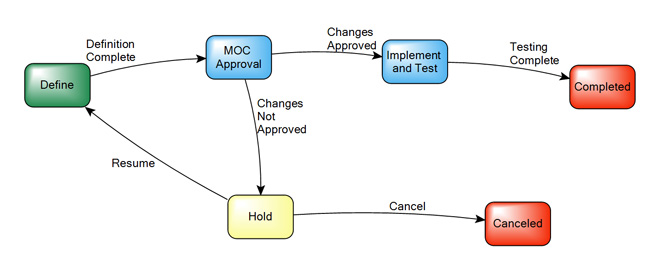
For example, if students are not at the reading level required to understand a text being taught in a course, the teacher might use instructional scaffolding to incrementally improve their reading ability until they can read the required text independently and without assistance. In addition, scaffolding is often used to bridge learning gaps-i.e., the difference between what students have learned and what they are expected to know and be able to do at a certain point in their education. Scaffolding is widely considered to be an essential element of effective teaching, and all teachers-to a greater or lesser extent-almost certainly use various forms of instructional scaffolding in their teaching. Like physical scaffolding, the supportive strategies are incrementally removed when they are no longer needed, and the teacher gradually shifts more responsibility over the learning process to the student. The term itself offers the relevant descriptive metaphor: teachers provide successive levels of temporary support that help students reach higher levels of comprehension and skill acquisition that they would not be able to achieve without assistance.


In education, scaffolding refers to a variety of instructional techniques used to move students progressively toward stronger understanding and, ultimately, greater independence in the learning process.


 0 kommentar(er)
0 kommentar(er)
